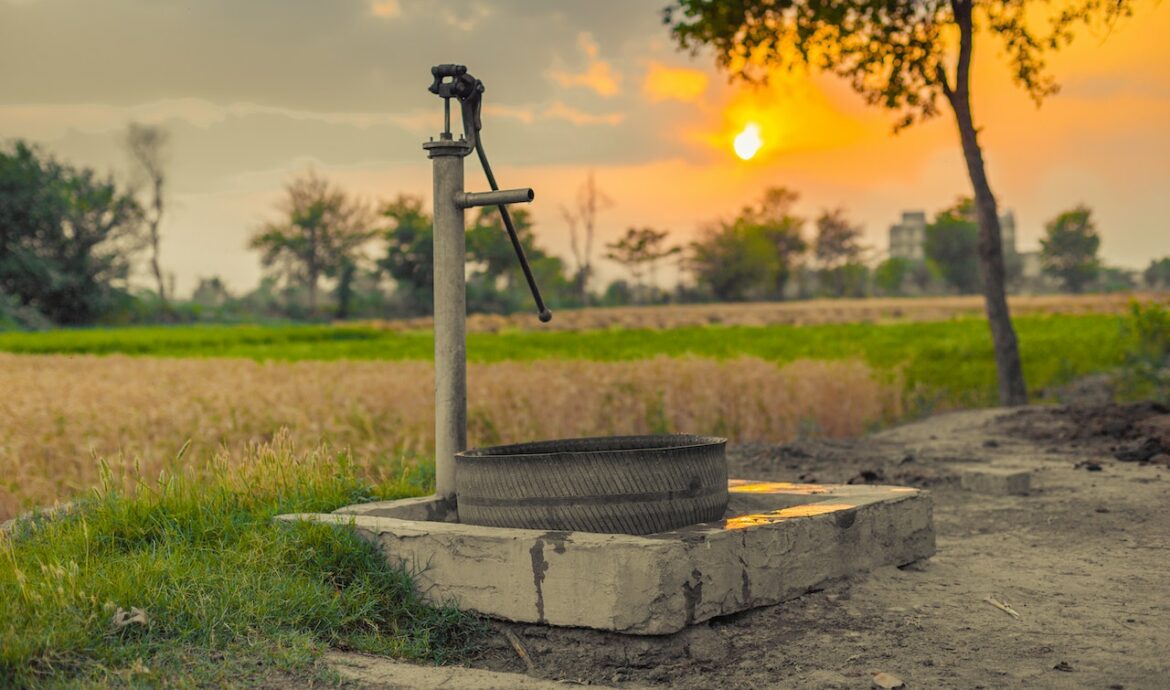Pumps are essential tools to move water from one place to another. They are used in various applications, including agricultural irrigation, domestic water supply, and industrial processes. Choosing the right pump can be daunting, especially for someone without prior knowledge or experience. This article will examine how to choose the right water pumps for your needs.
Here are five points to help you with your decision:
1. Identify your water source and intended use.
The first step in choosing the right pump is identifying your water source and intended use. This will help you determine the type of pump you need, the size of the pump, and the capacity of the pump. For example, you will need a deep well pump if you have a well as your water source. If you intend to use the water for irrigation, you will need a pump with a high flow rate. It would be best to consider factors such as the power source, the noise level of the pump, and any additional features that may be useful for your specific needs.
2. Consider the type of water pump.
Different types of water pumps are available in the market, including centrifugal pumps, submersible pumps, and jet pumps. Each type of pump has its advantages and disadvantages. For instance, centrifugal pumps are suitable for low-viscosity fluids, while submersible pumps are suitable for deep wells. Jet pumps are suitable for shallow wells and low flow rates. Consider the type of pump that will best suit your needs. When selecting a pump, it is essential to choose one specifically designed for the type of application you have in mind. This will ensure that your pump gets the best performance, efficiency, and longevity.
3. Determine the size of the pump.
The size of the pump is determined by the amount of water you need to move, the distance the water needs to be moved, and the pressure required. A pump that is too small will not provide enough water flow, while a pump that is too large will be efficient and save energy. Determining the size of the pump for your specific needs is essential. It’s essential to note that selecting the wrong pump size can lead to poor performance, high energy costs, and premature wear and tear on the pump. Thus, carefully calculating the appropriate pump size for your needs is crucial.
4. Look at the efficiency of the water pump.
The efficiency of the pump is an essential factor to consider. The pump’s efficiency will determine how much energy is required to move the water and how much water can be moved. A more efficient pump will save you money on energy costs over time. Look for pumps with high-efficiency ratings. Highly efficient pumps save energy and money over time, making them a wise investment. When choosing a pump, look for models with high-efficiency ratings and energy-saving features to keep your costs low.
5. Consider the durability and maintenance of the water pump.
Finally, consider the durability and maintenance requirements of the water pump. A water pump that requires frequent maintenance and repairs will be more costly in the long run. Look for pumps with a good warranty and a reputation for durability. Regular pump maintenance will also ensure it continues to operate at peak efficiency. Regular maintenance is crucial to ensure your pump operates at peak efficiency. Look for pumps with low maintenance requirements and an excellent warranty to avoid costly repairs and ensure reliable performance for years to come.
Conclusion
Choosing the right pump requires careful consideration of your water source, intended use, the type of water pumps, size, efficiency, and maintenance requirements. By following these five points, you can choose a pump that is suitable for your needs and will provide reliable performance over time. Remember, investing in a high-quality water pump is a long-term investment that will save you money on energy and maintenance expenses.
Author Bio: Radhe Gupta






